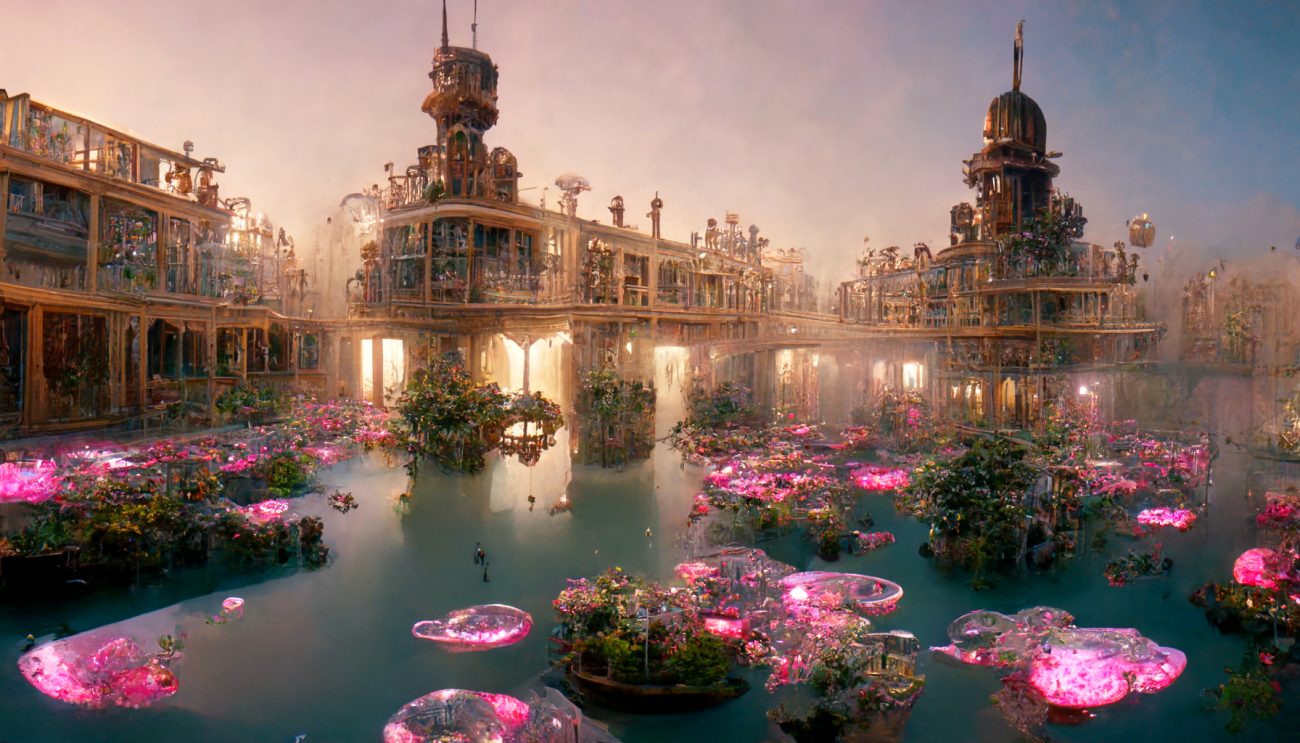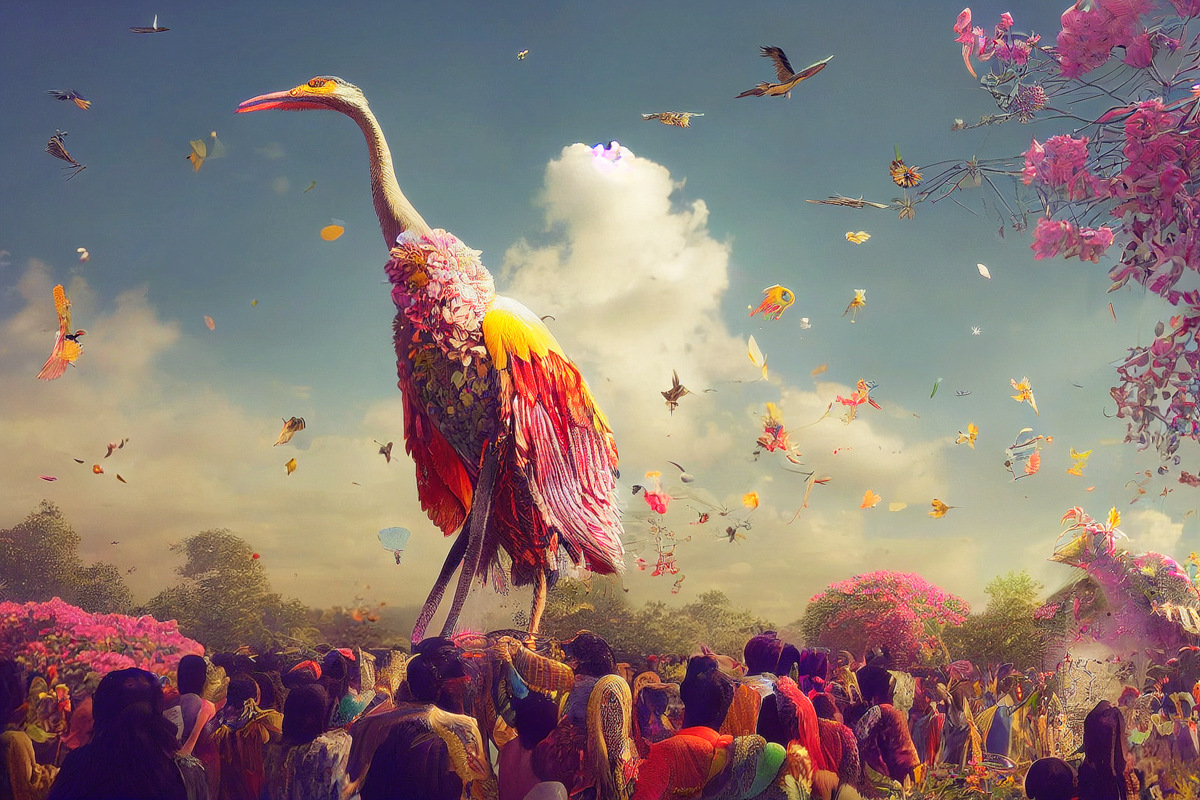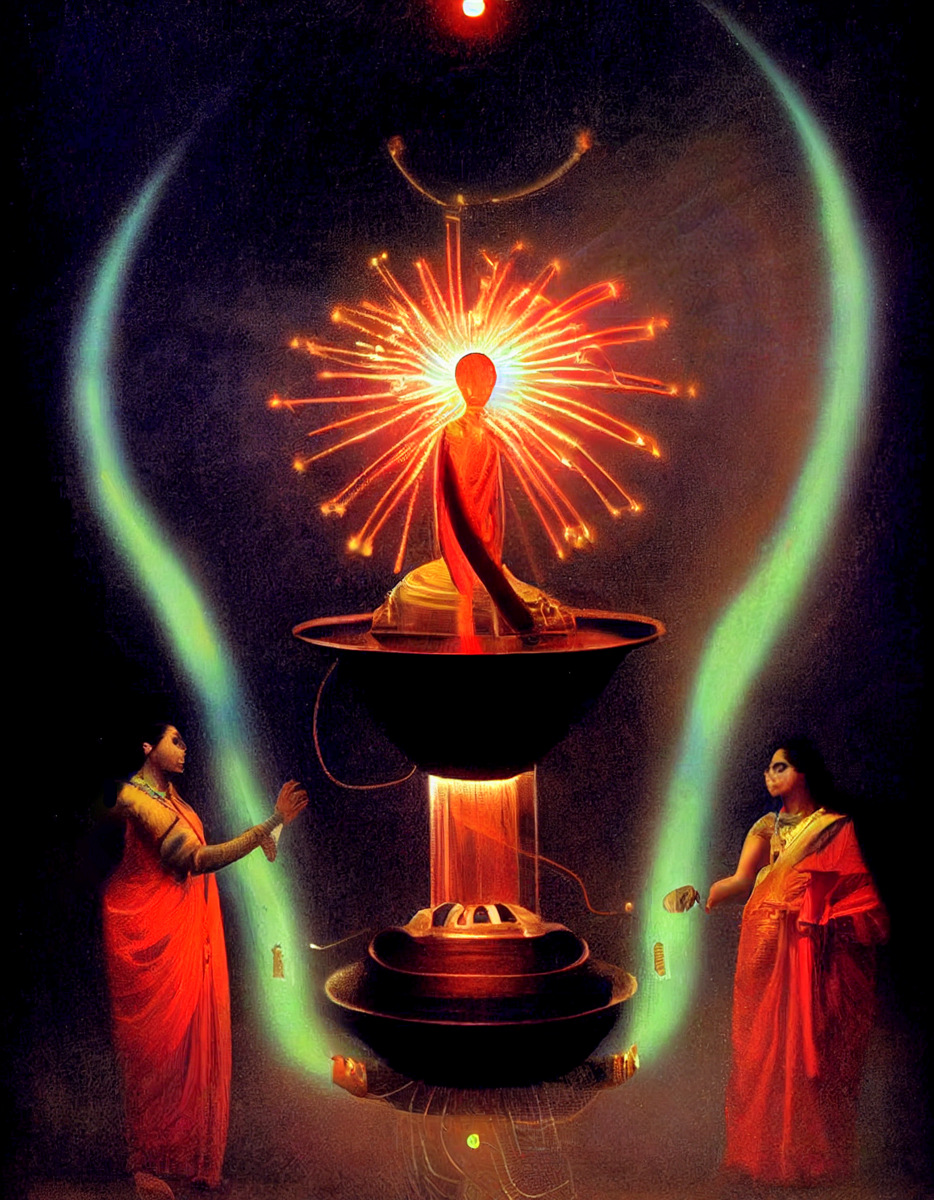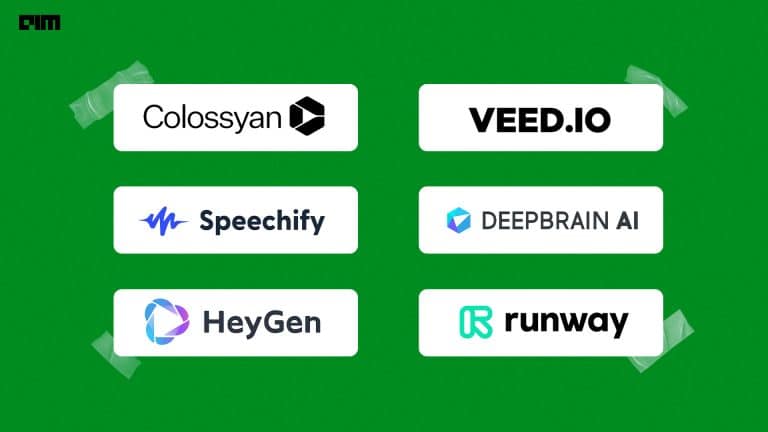|
Listen to this story
|
For advertising professional Tapan Aslot, AI text-to-image tools brought a momentous shift in work life. Aslot says it took him three months to master the tools, and yet the learning doesn’t stop. Overwhelmed by the initial reaction online, Aslot was quick to catch up and now has his plate full with work from prospective clients who often prefer AI art to more ‘real’ images.
In a chat with Analytics India Magazine, Aslot discusses what tools he uses, how he works and the contentious issues with these tools.

AIM: As a creative professional in advertising, how has the revolution led by AI text-to-image generators changed your life?
Tapan: I’ve been working in advertising for a really long time and it’s a big change for us. We need to create moodboards for the client and we’ve never really had enough time to do that. Normally, clients ask us to pitch something on a Friday, which gives us three days’ time to quickly create a moodboard or, you know, pull up some reference images from Pinterest or Instagram for the client. That is something that has drastically changed for the agencies with these revolutionary tools. Now pitching ideas are much quicker, and much more concentrated. Now, I can convey exactly what I want without compromising on a good idea because of the unavailability of the correct image.
When these tools were released, they seemed gimmicky because people were using them for a bit to amuse themselves, but there’s much more and beyond to these. I now realise that it’s a thorough art form because people are working on it and also selling it.
AIM: Which tools do you use among the major ones like MidJourney, DALL.E and Stable Diffusion? And which is your favourite?
Tapan: I use a bunch of them together. Primarily, MidJourney because it’s versatile and it’s more artistic than the others. DALL.E is more realistic and definitely very powerful, but I use it mostly for outpainting. I have a couple of artworks being released – one is a Raja Ravi Varma painting and the other is Van Gogh’s celebrated ‘Starry Night’ and I have fused both of them to make a third!

I’m learning to use Stable Diffusion to make videos. I also use Laika for writing and keep experimenting with OpenAI’s Playground which runs on GPT3, since writing isn’t my forte. There are quite a few others, like Wombo and DreamStudio and a few that I have signed up for and am waiting to get through. There’s also Runway, which is a text-to-video tool.
AIM: What are some of the practical applications of these artworks?
Tapan: People, who keep working with these tools, are the ones who will last. It’s taken me three months to learn this and I’ve been doing this day and night – it’s almost alarming. Initially I was using these tools mindlessly and posting whatever I made on LinkedIn. These works received much attention online and people started reaching out to me. They came to me with the ideas and applications already formed in their minds.

So, I have projects from Paris, Canada, Australia and of course, India. There’s a digital agency from Paris that held a fundraiser gaming event for the physically challenged. They wanted me to create a 16×9 full-HD artwork that they could run on a projector during the event. There’s a club and casino group from Paris that contacted me to create a 3D visualisation. A hotel somewhere in Nilgiris wanted me to make a couple of digital paintings for them. Initially, they had called a wildlife photographer from Hyderabad to click pictures of the trees, but weren’t happy with the actual pictures.
AIM: Where do you stand on the whole argument that these tools are competing with artists, and not helping them?
Tapan: It’s the same thing that happened when people moved from horses to cars.
It doesn’t matter how much you may care for the horses, cars are a faster medium. And I don’t think people are going to stop using the older options. There are different modes of transport for different days – cars, trains and flights. You don’t always take flights. There are days you prefer to walk – it depends on the requirement.
Eventually, from what I understand, traditional artists will have more value. What is happening is there are 10,000 new Instagram pages coming up everyday with AI art. There’s been so much work in this area that after a few months people will be bored of looking at this beautiful art. It’s the same thing with clothes, where handwoven sarees are always more expensive than machine-made ones. But, in general, these tools will empower people who can think but we don’t really have an answer on skills.

AIM: There are plagiarism issues plaguing these tools. Your comments?
Tapan: I pretty much keep saying one thing: Never mention the name of an artist who’s alive. You can enter Picasso or any other famous artist as a prompt. But ripping off someone’s artwork is not okay. For example, there’s a Russian artist called Greg Rutkowski, whose name has been used the most as text prompts in the MidJourney database, according to statistics. Rutkowski had to eventually write an open letter asking users to refrain from using his name.
AIM: Do you think there’s a need for strict copyright laws in AI art?
Tapan: Let me tell you something that happened last week. I was scrolling online and saw a picture that was exactly like an artwork I had made. The person had also removed my watermarks from the images. They could have just asked me for the prompts and I would have given them. I do share and help anyone who asks me about the correct text prompts because the tool will throw up something different every time even with the same words. I commented on the person’s post, but he blocked me and I had to put up a post warning other artists in the community about this person.
Copyright laws are a complex thing within AI art. Stable Diffusion has a gallery called Lexica.ai where they just copy all the images created by the tool and then put them on a cloud server. Lexica is open, so anyone can just pick it up and sell it from there which makes it dicey. I haven’t bothered about copyrighting any of my artwork, but clearly there’s a need for it.
Actually, a few months ago, the US government passed a law that said AI artists won’t have copyright. So, ultimately the copyright remains with the developers. But this is an ongoing debate.



















































































